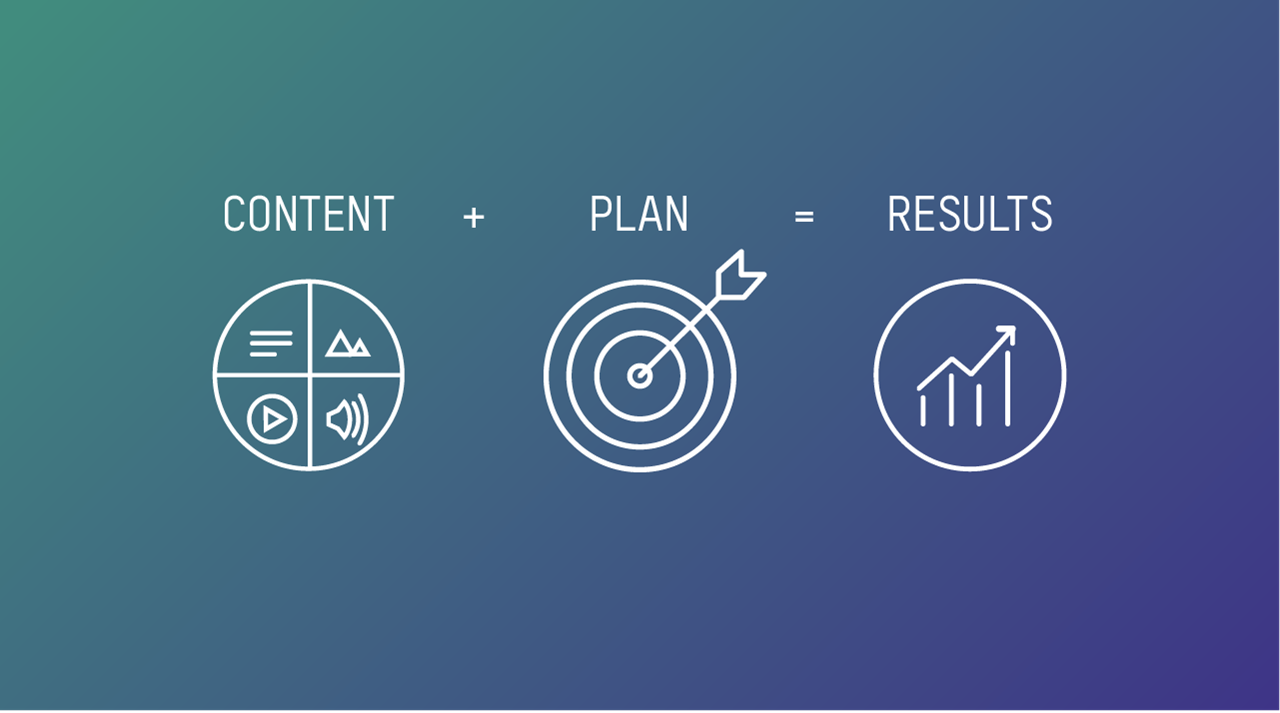So It’s Time For A New Website… Don’t Forget The Content

The typical business redesigns its website every 2 to 3 years. Assuming your business is typical (in this regard, not others), the time for a major site update is likely approaching. If so, great! Now’s the perfect opportunity to consider one of the most vital and overlooked components of your current (and soon-to-be improved) website – the content.
Content? Whoopty do! That’s just the stuff that’s already on the site – just throw it back into the new one, right? That’s a negative, Ghost Rider, the pattern is full. Unless your current content is perfectly communicating, motivating and converting, it’s time to give it a second look.
But before we put the cart before the draft horse, let’s get one thing clear: content is more than copy. Content is information. It can be visual, auditory or written. Yes, content includes website copy, but it also includes everything from articles, blog and social media posts, podcasts, recorded interviews, infographics, photos, and video to documents, forms, alt tags, metadata, and lions and tigers and bears, oh my!
All kidding aside, content is crucial because:
- It tells a brand and/or product story
- It answers people's questions
- It inspires and entertains
- It engages and motivates
- It drives decision-making
- It manages expectations
- It brings a brand to life
- It builds - or breaks - trust
When you think about it, content is the reason people visit websites in the first place. As such, a strategy for determining which content to present is pretty darn important. So let’s dive in!
Website Content Strategy – Let’s Do This!
First things first, a website content strategy is not a single solution. It’s a continual process.
An effective strategy helps meet users’ expectations and looks across your organization to integrate different business needs, goals and tactics. It anticipates the problems your customers are trying to solve, what they need most, and what information they’re searching for.
A website content strategy:
- Acts as a benchmark for all content-related decisions
- Engages content providers early in the web project process
- Identifies key themes, images and messages
- Informs site information and architecture
- Drives metadata creation and assignment
- Can be influenced by trends: news/newsroom AND social/conversational
How To Create a Website Content Strategy
Starting a website content strategy can be overwhelming. To make things a little easier, here are 6 key steps to follow:
1. Identify Customer Segments
Begin by creating fictional representations of your ideal customers based on demographic data and online behavior. These user profiles/buyer personas can be developed by asking:
- Who are your ideal customers and prospects?
- What are their biggest concerns, needs and interests?
- Where can you reach them (search engines, social media, blogs)?
- What kinds of content do they prefer?
2. Perform a Content Audit
Next, gather all existing website and digital content and then decide what should stay and what should go. Often, determining what to leave out is more important than what to leave in.
3. Determine a System of Content Governance
Once you’ve gathered the content, organize and catalog it. You can group content by identifying which types work best for each stage of the buying cycle:
- Awareness = blog posts, social media updates
- Research = e-books, webinars, industry reports
- Comparison = case studies, demos, customer testimonials
- Purchase = analysts reports, detailed product information
Be sure to keep all files well managed and searchable (from social media images to blog posts). You should also assign a main point of contact (“keeper of the content”).
4. Create an Editorial Calendar
Now the planning begins! Start by determining what kinds of content to create, what topics to cover, and which buyer personas to target. Then you can decide when and where to share the new content.
5. Set Goals
It’s important to determine goals for every content asset. This will give you a benchmark to measure success, which leads us to…
6. Track and Measure
This is where the rubber meets the road – what works and what doesn’t? Here are four metrics you can use to track and measure website content:
- Consumption Metrics
How many people consumed your content, measured as page views, downloads or views?
- Sharing Metrics
How often do consumers of your content share it with others?
- Lead Generation Metrics
How often do content consumers turn into leads?
- Sales Generation Metrics
How often do content consumers turn into customers?
Think Like A Publisher
All organizations, no matter the size, must start to think more like publishers. Consumer behavior has changed drastically over the past few years. Customers are more accepting of content from “non-media” sites and the barriers to publishing are now non-existent. So think like your customer (create the content that they want) AND act like a publisher (put content at the core of what you do). After all…
“Tactics without strategy is the noise before defeat.” – Gen. Sun Tzu
Interested? Let us help you with your Content Marketing!